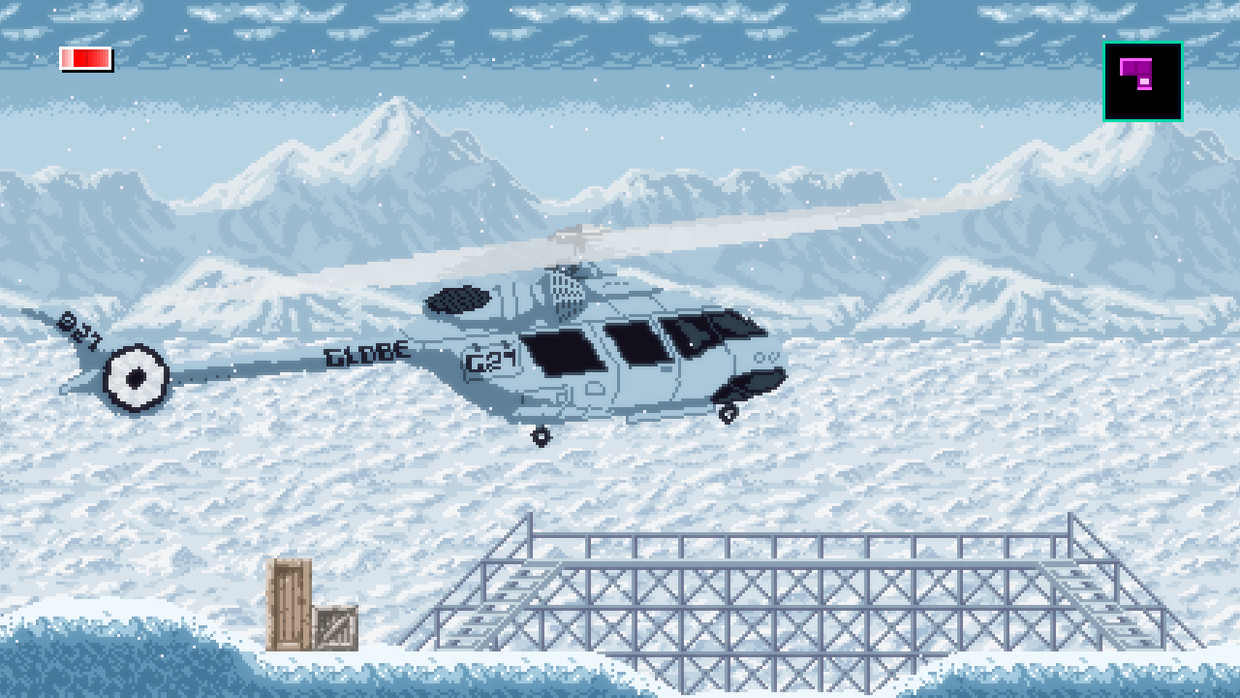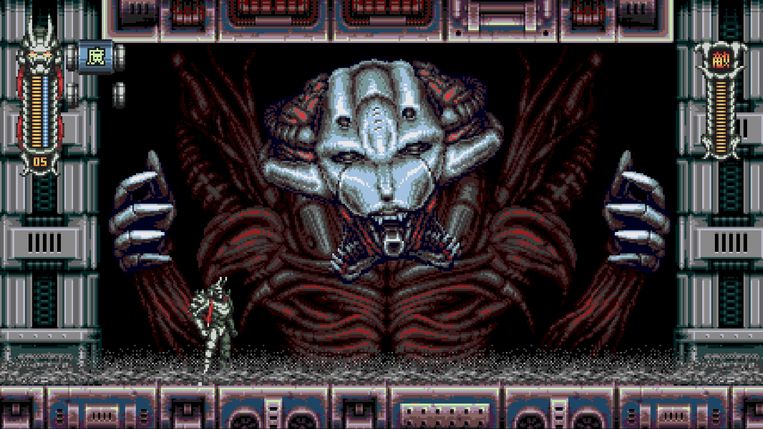In Brazil in the early 2000s, there was almost nothing to suggest that teenager Danilo Dias would get into video games. Modern computer technology is virtually unaffordable in the Latin American country, due to the extremely high consumer tax that has been imposed there for decades. So the only thing his parents had at home was a computer running Windows 3.1, at that time it was already more than ten years old. “The only thing I did to keep myself busy was drawing sketches with a drawing program Microsoft PaintDias says. “I painted things in big square blocks, and I found them fascinating in their simplicity. Even when I started studying architecture, I kept creating this kind of pixel art. I was just in love with her. And slowly, as I also taught myself to code, that grew into making simple video games based on the medium’s oldest technology. ”
Retro hits
Today, at the age of 35, Dias has been running the Joymasher game studio with girlfriend Thais Weiller of ten years. Avenging Guardian: Moonriderthe new game they are currently completing builds just like their smash hit Blazing chrome (2019) continues in exactly the same retro vibe. It’s a classic 2D game, with the kind of pixel graphics you’d expect on a console thirty years ago. They sublimated elements from old games from that time, eg Super shinobi (1987) and Ninja Gaiden (1988), but also motifs from films such as Robocop, and Japanese manga and anime. “We want to bring back something that doesn’t exist today,” Wheeler says. “Today’s video games are becoming more and more technically demanding, and that’s okay. But at the same time, many gamers also want a ‘pure’ old experience again.”
They are by no means the only toys in that retro jacket. This year alone saw the release of a slew of titles that all harken back to decades-old video game styles. narration Norco, for example, its pixel graphics didn’t stop it from becoming the first video game honoree at last year’s Tribeca Film Festival. or two-dimensional platformer Axiom Verge 2Detective game Chinese Detective Agencyand the fighting game Teenage Mutant Ninja Turtles: Shredder’s Revengewhich sold one million copies within a week of its release last summer.



Eternal charm
Ten years ago, such games could still be dismissed as a short-lived craze. But after hacking games like proforce And the Super Brothers: Sword & Sworcery EP Then another batch of games followed with the same retro aesthetic, such as Super Meat BoyAnd the AxeAnd the Paper, pleaseAnd the niddogAnd the Knight hoeAnd the Mother Russia is bleedingAnd the Stardew ValleyAnd the Hyper Light Drifter And the Undertale. Some game makers’ fascination with this pixel graphics style seems destined to be forever. “Using pixel art imposes limitations on you as a maker, but it forces you to be creative,” said Yutsi, a pen creator working under that pseudonym. NorcoRecently, in an interview with the site carbon copy. It’s a purely digital way of working: there is no analogue to it. Many of the techniques that make it special and unique do not work with oil paintings or watercolors.”

According to Cyrille Imbert, CEO of French gaming company DotEmu (both Avenging Guardian: Moonrider if Shredder’s Revenge versions), there has also been a demand for these types of games among gamers over the past decade. Also with the younger ones. “There is a small group of gamers out there who are literally interested in everything the medium has to offer, both in the future and in the past. They may not even have been born when the original games came out in this style, but for them this is an interesting thing that they want to explore.”
Private language
Why video games in those still eagerly-driven 1980s and 1990s seemed so cool, of course, needs a little explanation: the computing power of consoles (such as the Sega Mega Drive or Super Nintendo) and PCs at the time was still So small that the only way to get non-interlacable shapes on screen was to color in the squares on some kind of digital graph paper. Their shapes and colors were then filled in in the player’s mind. But that necessity also gave birth to a very special aesthetic that continues to fascinate gamers and game makers today.
“The medium then acquired a visual language that is still recognizable today,” says Dias. “Although, of course, today it has evolved more. We apply modern lighting technologies to it, particle spraying (By video game makers, this means: little physical objects like dust, grains of sand, snowflakes, or petals, RME). Pixel art has become something else. Today it is no longer a way to circumvent technical limitations, but a style in itself.”



“Thinker. Coffeeaholic. Award-winning gamer. Web trailblazer. Pop culture scholar. Beer guru. Food specialist.”







More Stories
Comet Tsuchinshan-Atlas is ready to shine this fall
Sonos isn’t bringing back its old app after all
Indiana Jones and the Great Circle is coming to PS5 in spring 2025